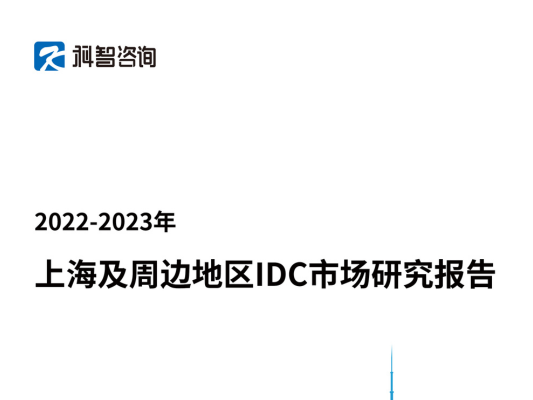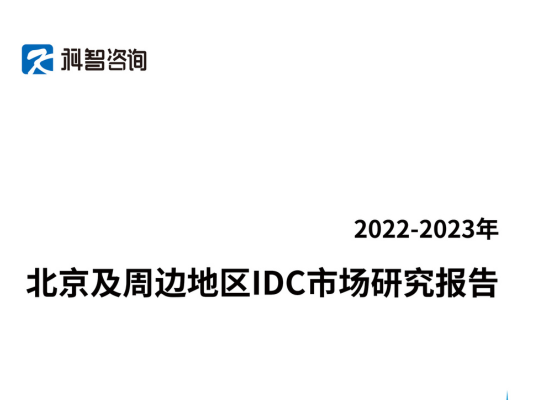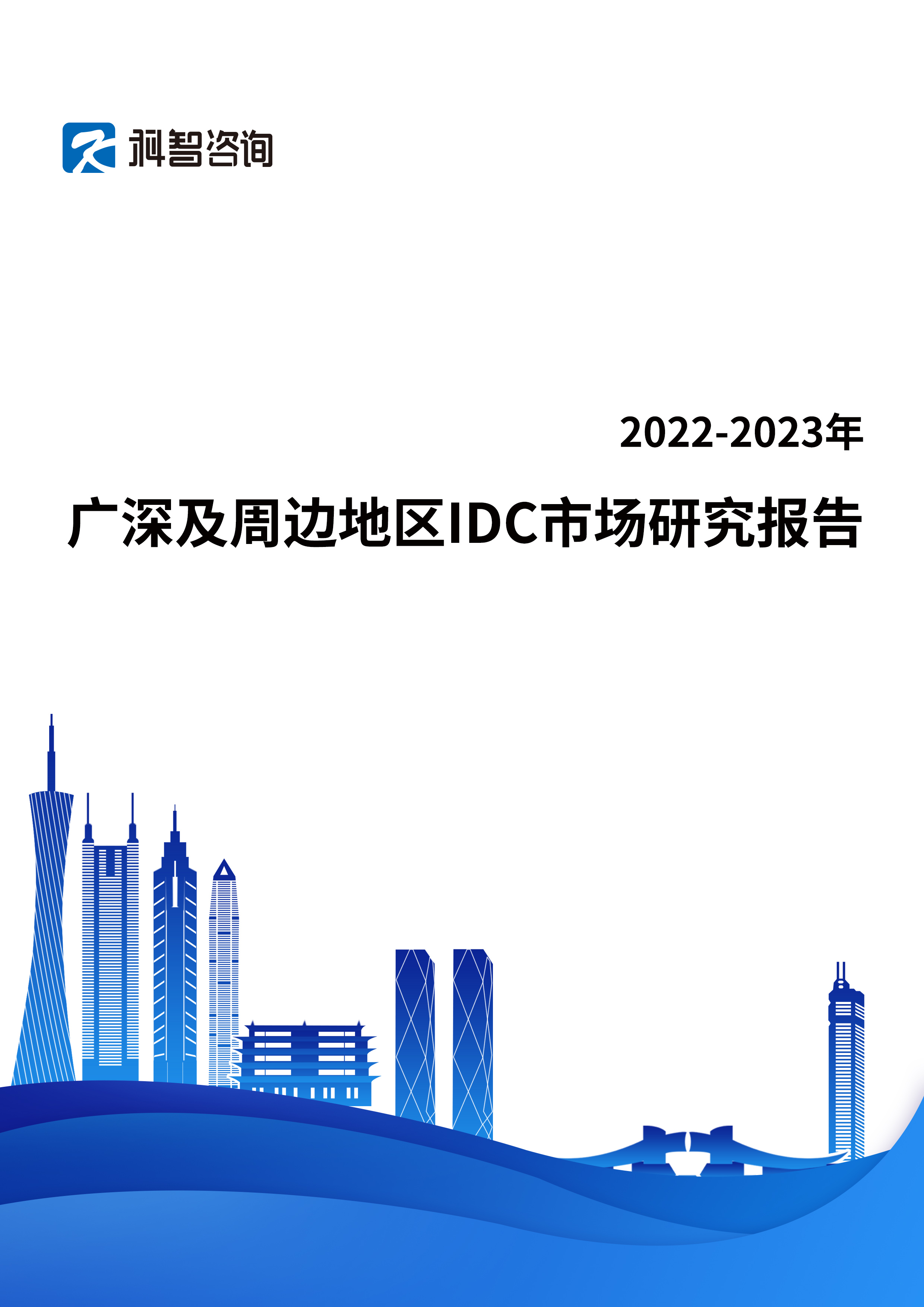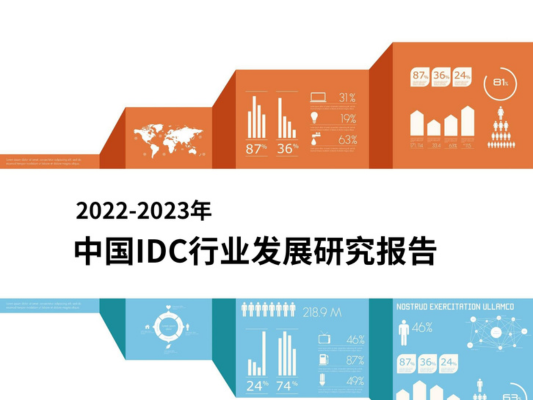We’ve reached a turning point in China’s digital economy:Growth has been easy.Now,it’s getting much harder.
Since 2010,a constant stream of new internet users and fast money has driven a digital boom.China is now the world’s largest e-commerce market,the world’s leader in mobile transactions and home to around a third of the world’s digital unicorns.But building on that growth looks a lot harder now.The three engines that propelled China’s digital economy—new users,time on device,and capital—are starting to stall.
China’s mobile internet is reaching saturation.China now has more than 800 million internet users.China’s urban consumer class—households an annual income over$16,000—are pretty much all connected to the internet.
Time on device might not have much growth left in the tank either.QuestMobile data shows China’s internet users averaged 5.7 hours on their mobile devices per day.Assuming full-time employment and a decent night’s sleep,there’s about eight hours of non-work,non-sleep activity in a day.As average time on mobile devices nears six hours a day,it’s probably reaching a hard limit.
The hot money that fueled new products and aggressive customer acquisition may also be running dry.Zero2IPO,a Beijing-based investment banking and advisory house,reckons fundraising activity in China has slumped to its lowest level since 2014.This fundraising downturn has sparked talk of a‘capital winter which threatens both fledgling and mature internet and tech startups.According to data from Zero2IPO,VC funds raised less than RMB 100 billion(around$15 billion)in the first half of 2018,down from over RMB 200 billion in the second half of 2017.
But Chinese VCs are still investing,albeit more conservatively,spreading money over more,smaller deals.CrunchBase data suggests China’s venture capital activity in Q4 2018 is not materially different from Q3 2017.It reports that Q4 2018 saw$17.9 billion invested across 666 fundraising activities,compared to$18.8 billion over 331 fundraising activities in Q4 2017.If that’s accurate,then fears of a“capital winter”may be exaggerated.
The tech sector isn’t immune to China’s economic uncertainty.Policymakers,academia and private sector acknowledge there are economic headwinds.Factory activity is at its lowest level in two years and slower retail growth suggests consumers are tightening their belts.

China’s internet and tech firms are cutting costs where they can.At the start of the year,Baidu’s CEO,Robin Li,wrote an open letter to employees saying“The Chinese economy has shifted to a lower gear,with every company under severe pressure from nationwide economic restructuring.”He implored staff to“decrease costs and raise efficiency”across Baidu and its clients.
China’s largest job-seeking website reported that tech-related job advertisements are down by a fifth compared with the previous year.Hiring freezes and staff cuts have been reported from digital device manufacturers like Huawei and Xiaomi to platforms and ecosystems like Bytedance and Meituan.In addition,firms are slashing perks like business-class travel,after-hours meals and sign-on bonuses.
Some established players have been feeling the pinch for a while.As early as 2016,Tmall’s cost of customer acquisition outstripped average revenue per user.JD is facing a similar issue—the cost of acquiring a new user or winning an inactive user back is growing twice as quickly as the amount of average revenue it can make from each user.Even e-commerce upstart Pinduoduo isn’t immune:its cost of new customer acquisition grew more than 500%between 2017 and 2018.
A turning point
When the pie stops growing,industry competition gets serious.As China approaches higher levels of internet user saturation,China’s competing platforms,apps and digital services are playing a zero-sum game for attention and traffic.This,coupled with economic headwinds,means a few things for China’s tech sector.
First,it spells trouble for immature monetization models.Without a high-margin service that effectively cross-subsidizes the skyrocketing costs of user acquisition and engagement,digital businesses are at the mercy of their investors’patience.
Second,it fortifies established platforms with large user bases.Buckets of cash are needed to pinch market share from existing services.And,if funding conditions in China are indeed taking a turn,stumping enough cash is going get harder.
Third,it changes the big,hairy questions we ask about China’s digital economy.What we should ask now isn’t how China’s digital landscape is different or where China’s digital economy is leading or lagging.Rather,we should ask:What white space is left?What pivots are available?Is it possible to challenge China’s established tech giants?What’s the next big thing after mobile internet?
In my next article,I’ll explore how China’s established tech players are looking for answers to these questions in a world with little new user growth and less fast money.








